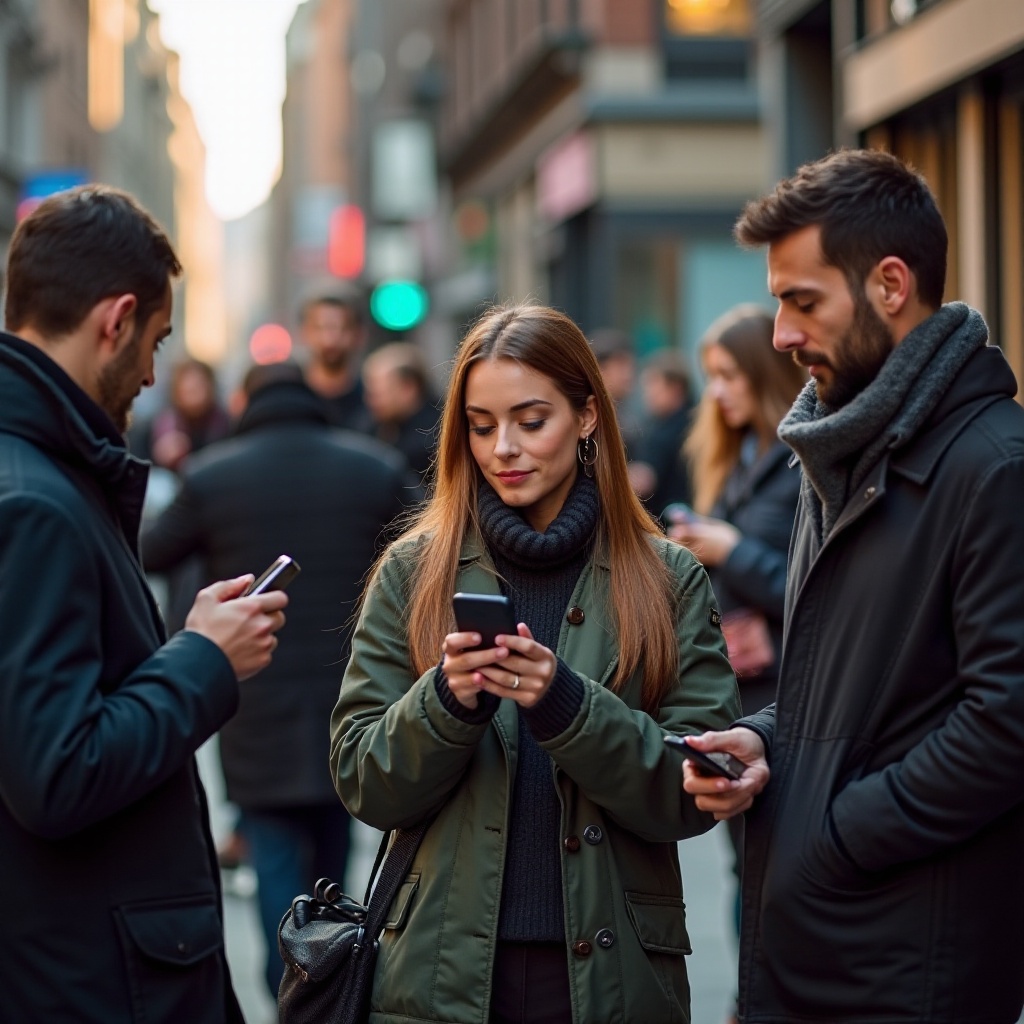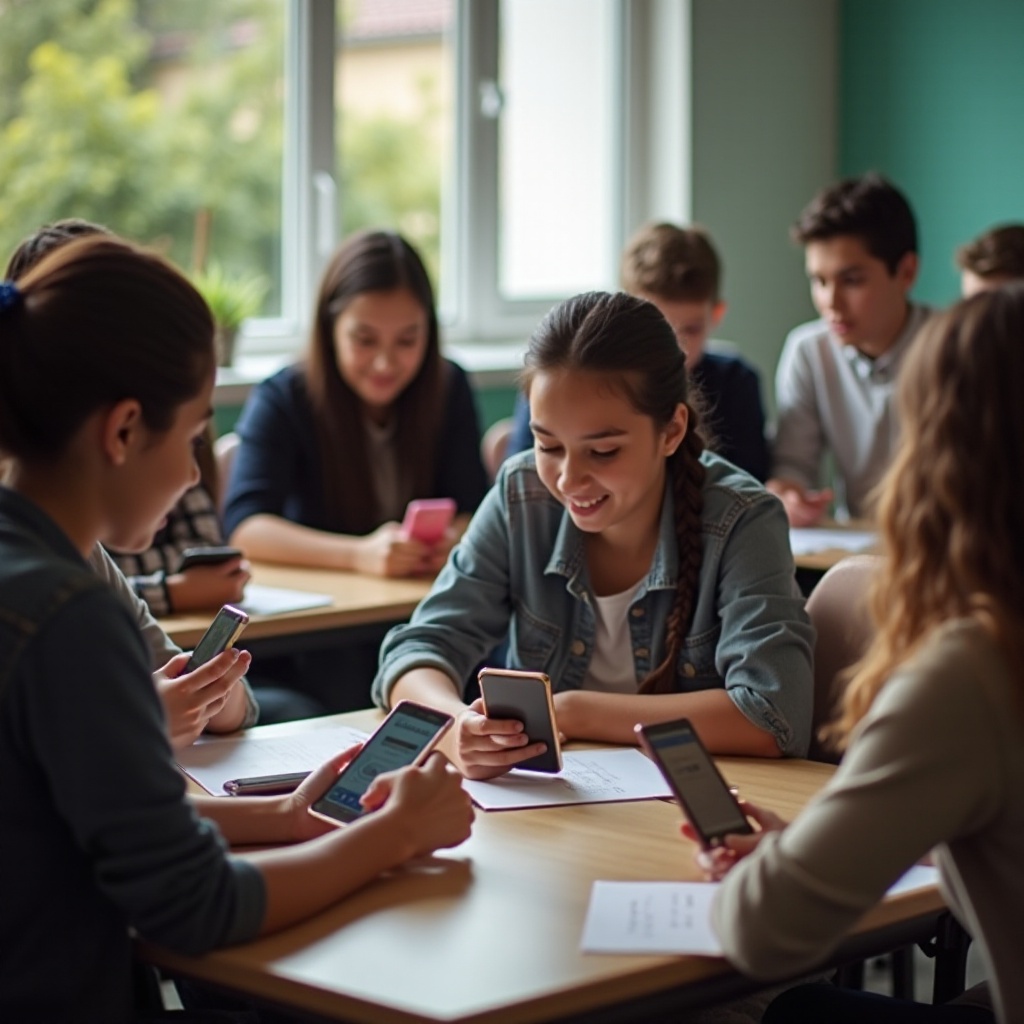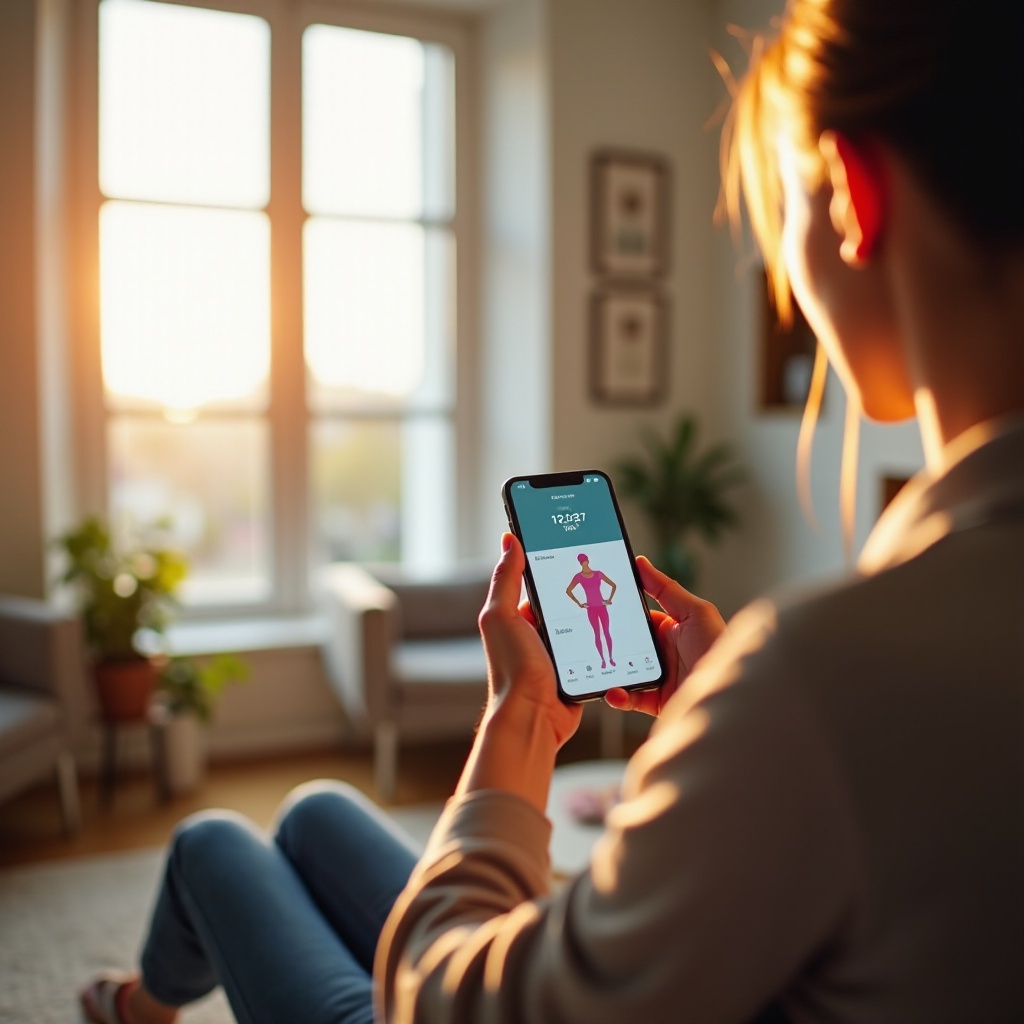Introduction
Cellphones have become indispensable tools, profoundly affecting almost every aspect of our daily routines and interactions. Understanding how cellphones changed our lives requires exploring their influence on communication, entertainment, work, education, commerce, health, navigation, and even our social behaviors. This blog delves into these sectors to outline the massive transformations brought about by the evolution of cellphone technology.

The Evolution of Communication
One of the most significant impacts of cellphones has been the evolution of communication. Initially, they provided a mobile alternative to landline telephony. Today, they offer myriad ways to stay connected, from SMS and instant messaging to various social media platforms.
Text messaging has revolutionized the way we communicate. It has made it possible to send brief, instant messages from one person to another, regardless of geographical location. This method of communication has become so integral that even businesses have adopted it for customer service.
Social media platforms like Facebook, Instagram, and Twitter owe a lot of their success to smartphone technology. The ability to access these platforms from a mobile device means people can share every moment of their lives in real-time, fostering a new kind of digital community.
Video calling, through apps like Zoom, Skype, and WhatsApp, has made it easier to maintain relationships across distances. Whether it’s talking to a friend across the country or a business meeting with partners halfway around the world, video calls have closed the gap.
Entertainment and Media Consumption
Transitioning from the realm of communication, cellphones have also altered how we consume entertainment and media. These devices serve as portable theaters and music players, allowing us to access a near-infinite array of content from anywhere.
Streaming services such as Netflix, Hulu, and YouTube are prime examples of this shift. With a few taps, users can watch movies, TV shows, and other videos on the go. This convenience has led to a surge in media consumption, making traditional TV schedules and cinema visits less critical.
Music consumption has similarly transformed. Services like Spotify, Apple Music, and Pandora offer millions of songs that can be streamed or downloaded. Despite the rise of these services, the radio has adapted by offering digital streaming to remain relevant.
Gaming, too, has found a new home on cellphones. Mobile games have become increasingly sophisticated, offering immersive experiences once limited to consoles and PCs. Titles like ‘Candy Crush,’ ‘PUBG Mobile,’ and ‘Fortnite’ show how gaming has become more accessible and widespread.
Transformations in the Workplace
From entertainment, we see that cellphones significantly impact the work environment. The proliferation of smartphones has revolutionized the modern workplace, enabling greater flexibility and productivity.
Emails can be managed from a phone, allowing employees to stay connected beyond the confines of their office desks. This has given rise to the concept of remote work, where employees can work from any location with internet access. Apps like Slack and Microsoft Teams have further enabled this transition, providing platforms for instant communication and collaboration.
Project management tools such as Asana, Trello, and Basecamp are now available as mobile apps, making it easier to track progress, assign tasks, and meet deadlines, all from the palm of your hand. These tools allow for efficiency and productivity in ways that were unimaginable before.
Online meetings and teleconferencing have become routine, especially in a post-pandemic world. Applications like Zoom and Google Meet have made it simpler to conduct business without the need for physical presence, making global collaborations more seamless and less costly.
Learning and Education Accessibility
While cellphones have revolutionized the workplace, their impact on education is just as profound. Cellphones have democratized access to learning resources, offering educational opportunities to people regardless of their geographic location.
Educational apps and e-books are readily available for all age groups. Apps like Khan Academy and Coursera provide a vast range of courses, from basic math to advanced science, accessible from your cellphone. Educational institutions are increasingly incorporating these digital tools into their curricula, blending traditional methods with modern technology.
Integrating mobile technology in classrooms fosters interactive learning. Teachers can use apps to give quizzes, monitor student progress, and share resources in real-time. This makes learning more dynamic and engaging and helps cater to different learning styles.
Mobile learning is not limited to formal education. Apps for language learning like Duolingo and Babbel make picking up a new language accessible and fun. This flexibility in learning equips people to acquire new skills that can be applied in various aspects of life.

Mobile Commerce and Financial Transactions
Flowing from education, we find cellphones changing how we conduct financial transactions and commerce. Mobile technology has significantly impacted commerce, transforming how we shop, bank, and manage money.
Mobile banking apps from traditional banks and fintech companies have simplified financial management. You can check account balances, transfer money, and pay bills from your cellphone. This accessibility and convenience have made banking more user-friendly.
Mobile payment solutions like Apple Pay, Google Wallet, and Samsung Pay have revolutionized how we make purchases. These digital wallets store payment information and allow transactions with just a tap or scan. This has led to an increase in contactless payments, which is particularly beneficial in promoting hygiene and convenience.
E-commerce has also seen a monumental boost. Companies like Amazon, eBay, and Alibaba have mobile apps that offer an intuitive shopping experience. The ability to browse, compare prices, and purchase products from anywhere has redefined consumer habits.
Additionally, peer-to-peer payment systems like Venmo, PayPal, and Cash App have made it simple to send money to friends and family. Whether splitting a bill at dinner or settling up for shared expenses, these apps have streamlined personal finances.
Health, Wellness, and Fitness Tracking
This influence extends to health and wellness, showcasing the diverse utility of cellphones. Mobile technology is crucial in promoting health, wellness, and fitness.
Fitness apps like MyFitnessPal and Fitbit track activities, monitor diet, and offer personalized fitness plans. These apps encourage people to lead healthier lifestyles by providing tailored recommendations and real-time feedback.
Health monitoring has become more accessible with applications that track vital signs. Heart rate monitors, step counters, and sleep trackers offer valuable insights into physical health, helping users make informed decisions about their well-being.
Telemedicine has also gained traction. Platforms like Teladoc and Doctor on Demand enable virtual consultations with healthcare providers. This is particularly beneficial in remote areas where access to medical facilities may be limited.

Navigation and Transportation Convenience
Building on physical and mental well-being, cellphones also make navigating the world more straightforward. Navigation apps like Google Maps and Waze provide real-time traffic updates, route suggestions, and estimated arrival times, making travel more efficient.
These apps offer features such as step-by-step directions, alternate routes to avoid traffic, and even real-time information on public transportation schedules. This has been a game-changer for daily commutes and long-distance travel.
Ride-sharing services like Uber and Lyft further highlight cellphones’ impact on transportation. Booking a ride is now as simple as a few taps on your phone. These services have made getting around more convenient and often more cost-effective than traditional taxi services.
Social and Cultural Impacts
Moving from the utilitarian to the social realm, the influence of cellphones on our cultures and social interactions is immense. They have reshaped the social fabric, influencing how we interact and form relationships.
Text messaging and social media have revolutionized social interactions, making it easier to stay in touch with loved ones and reconnect with old friends. They allow for constant engagement, whether through sharing life updates, memes, or planning events.
Cellphones have also redefined cultural norms around privacy and sharing. The shift towards public sharing of personal experiences has created a culture of transparency, albeit sometimes at the cost of personal privacy.
Moreover, the instant access to global news and events has made us more informed and connected to world events. This has fostered a sense of global community and awareness, bridging cultural and geographical divides.
Challenges and Negative Aspects
While cellphones bring numerous benefits, there are challenges and negative aspects to consider. The convenience and connectivity come with a cost.
One major concern is addiction. The constant notifications and the desire to stay connected can lead to excessive cellphone use, affecting productivity and mental health. Digital detoxing and mindfulness practices are becoming necessary for many to combat this issue.
Privacy and security are other critical concerns. Cellphones store a wealth of personal information, making them targets for cyberattacks. Data breaches and hacking incidents are increasing, highlighting the need for robust security measures.
Health-related issues such as eye strain, poor posture, and sleep disruption are linked to excessive cellphone use. The blue light emitted by screens can interfere with sleep patterns, while the habit of looking down at a phone can lead to what is commonly known as ‘text neck.
Social issues also arise from cellphone use. The divide between digital and real-world interactions can sometimes lead to a loss of meaningful human connections. The curated realities portrayed on social media can also contribute to feelings of inadequacy and anxiety.
Conclusion
Cellphones are powerful tools that have significantly reshaped various aspects of our lives. From communication and entertainment to work and education, their impact is undeniable. While there are challenges, the benefits often outweigh the cons, making cellphones an integral part of modern existence.
Frequently Asked Questions
How have cellphones improved our daily lives?
Cellphones offer unparalleled convenience. They have made communication faster and easier, provided instant access to information and entertainment, and improved efficiency in personal and professional tasks. They also offer tools for health monitoring, online learning, shopping, and more.
What are some negative effects of cellphone use?
Excessive use can lead to addiction, decreased productivity, and mental health issues like anxiety. Privacy and security concerns are prevalent due to data breaches. Physical health problems such as eye strain and poor posture are also common.
Can we expect more changes in how we use cellphones in the future?
Yes, the evolution of cellphone technology is ongoing. Future changes may include advancements in AI, augmented reality, and even more sophisticated health monitoring. As technology advances, cellphones will likely integrate further into all aspects of our lives.
